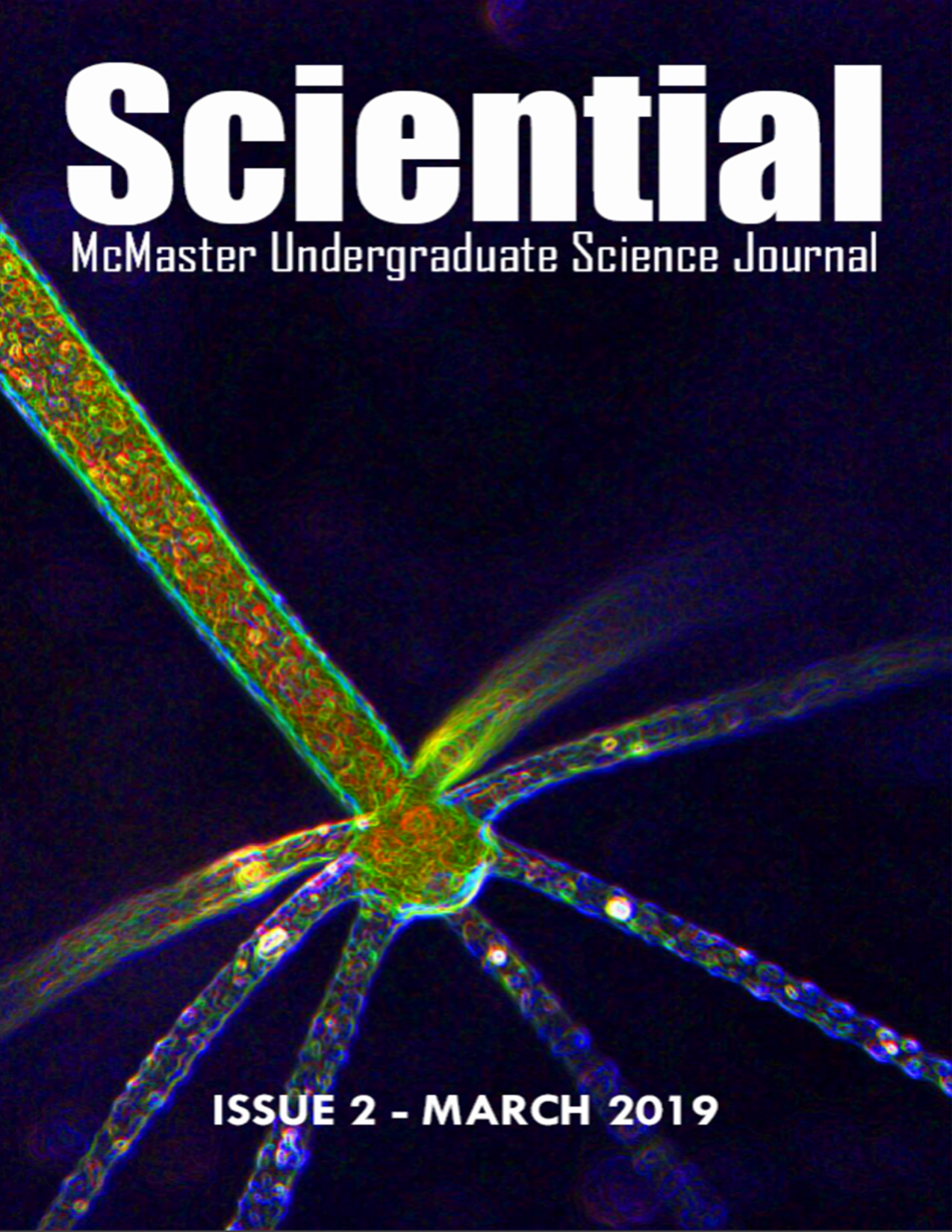A Review of Glomerular Diseases: Focal Segmental Glomerulosclerosis (FSGS) and Minimal Change Disease (MCD)
DOI:
https://doi.org/10.15173/sciential.v1i2.2091Keywords:
Focal segmental glomerulosclerosis, Minimal change disease, Glomerulonephropathy, Review paper, Histology, Clinical management, NephrologyAbstract
Purpose: Idiopathic focal segmental glomerulosclerosis (FSGS) and minimal change disease (MCD) are chronic glomerulopathies which may compromise patients’ quality of life, and for which there is no cure. This literature review aimed to summarize our current understanding of the pathophysiology, clinical characteristics, and best available treatment for the two conditions in order to outline a consolidated treatment protocol and identify future research considerations.
Methods: PubMed was systematically searched by a single reviewer in order to identify primary studies pertaining to the diagnosis, treatment and classification of FSGS and MCD. Additionally, a hand search of UpToDate was conducted to glean further information about the best available evidence as summarized for clinician use. Relevant information was extracted and synthesized.
Results: Primary FSGS and MCD result from distinct pathogenic mechanisms, hypothesized to involve kidney injury via immune dysregulation. Patients require a kidney biopsy for diagnostic purposes. First-line treatment involves glucocorticoids (i.e. prednisone), although patients’ responsiveness may be inconsistent; second-line treatment is immunotherapy.
Conclusion: This review summarized clinically-important information about FSGS and MCD, and emphasized the need for further research in the field of clinical nephrology. Large scale trials such as the Cure Glomerulonephropathy should be conducted to gather information about the affected population.
Downloads
Published
How to Cite
Issue
Section
License
Authors submitting to the journal must adhere to the terms of Attribution-ShareAlike 4.0 International (CC BY-SA 4.0) license as outlined below:
1. You are free to share (copy and redistribute) any material from this journal, granted you have given appropriate credit, provided the link to the license, and indicated whether changes were applied to original work.
2. You are free to adapt (remix, transform, and build upon) any material from this journal, granted you distribute your work under the same license.



